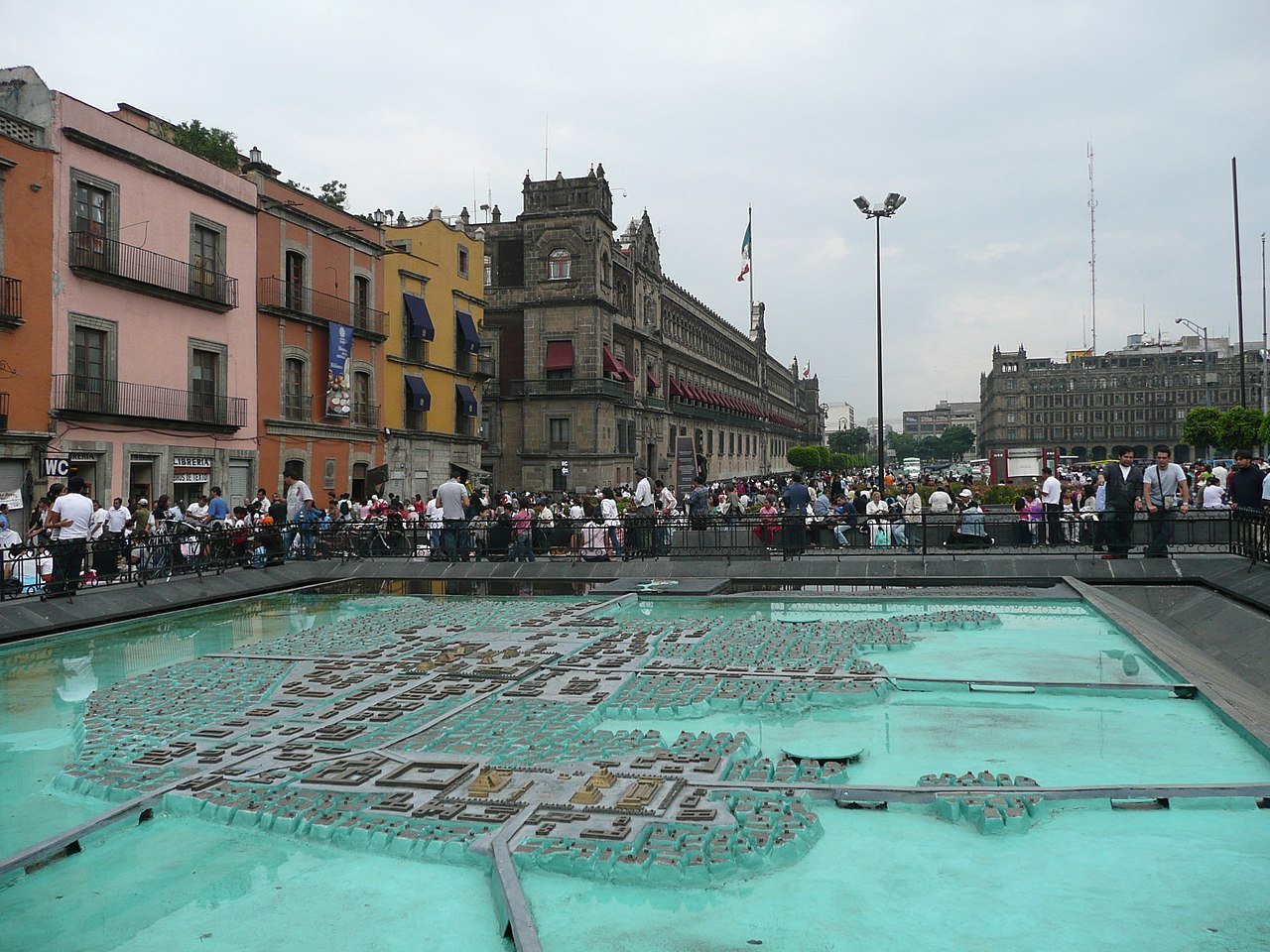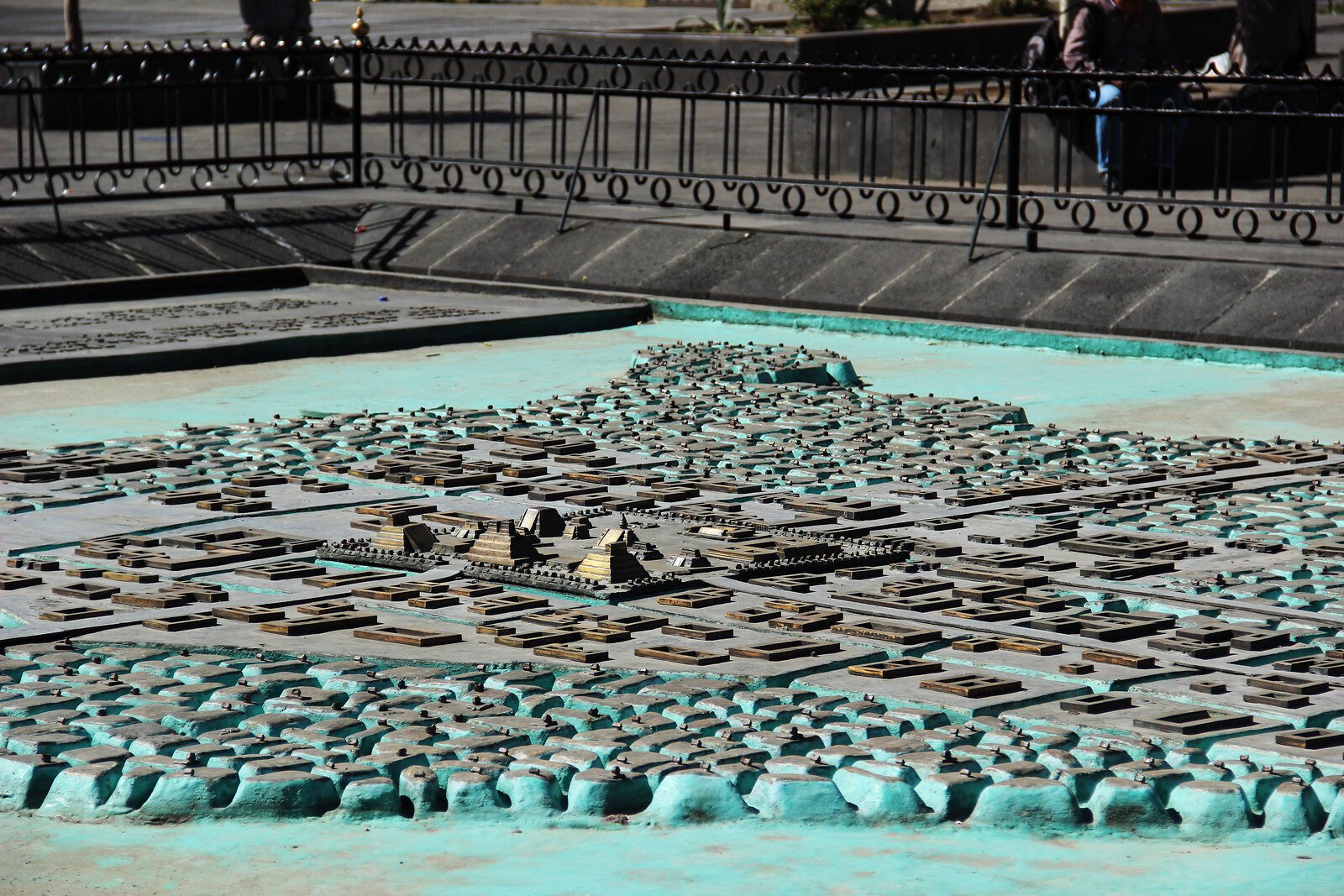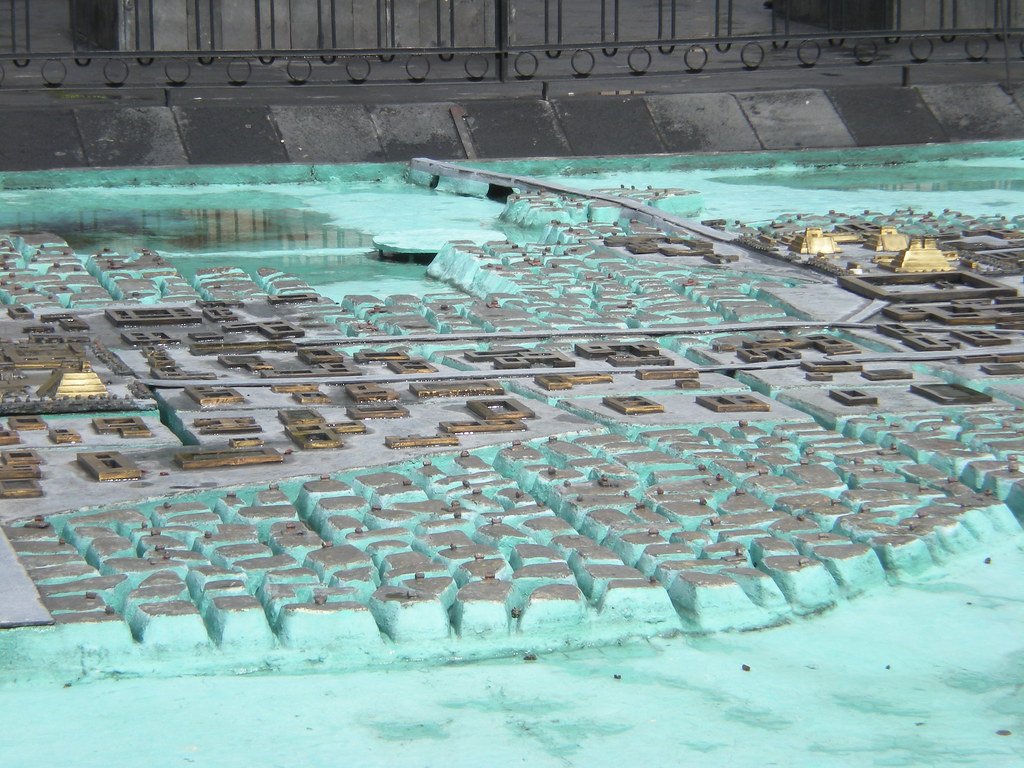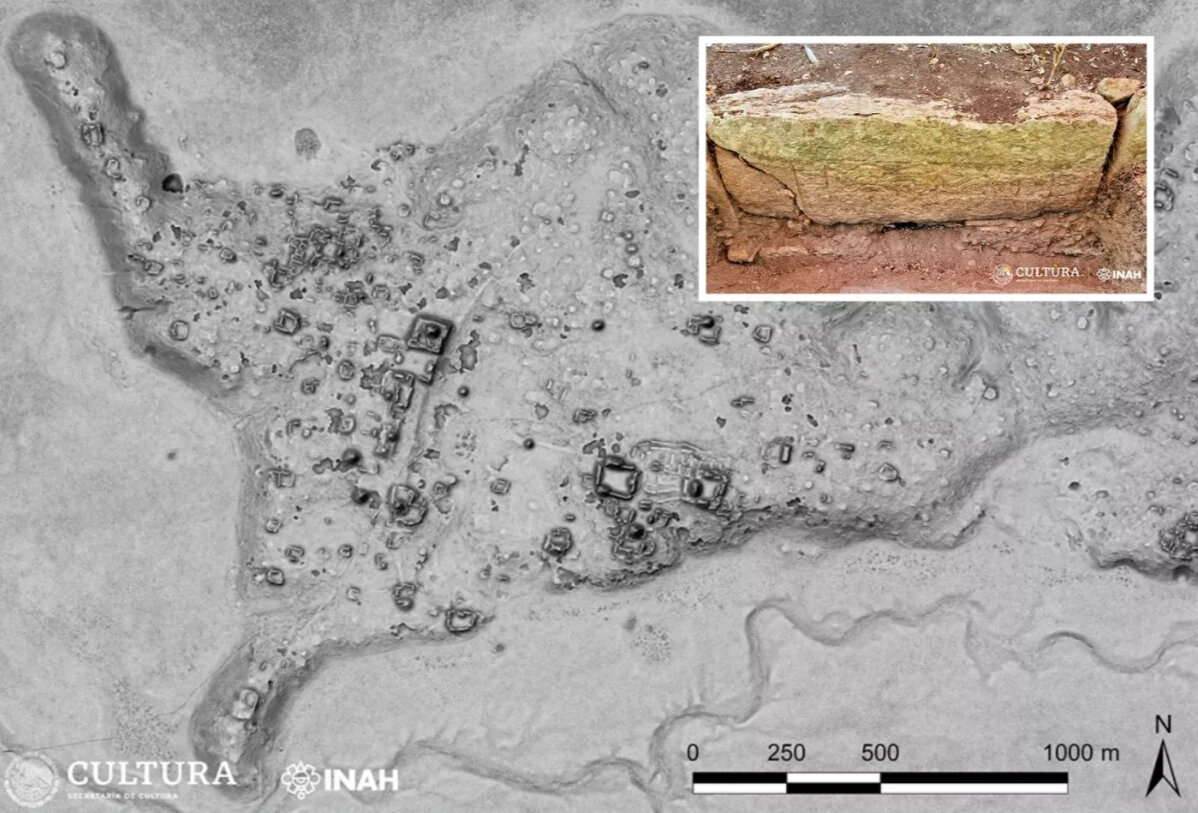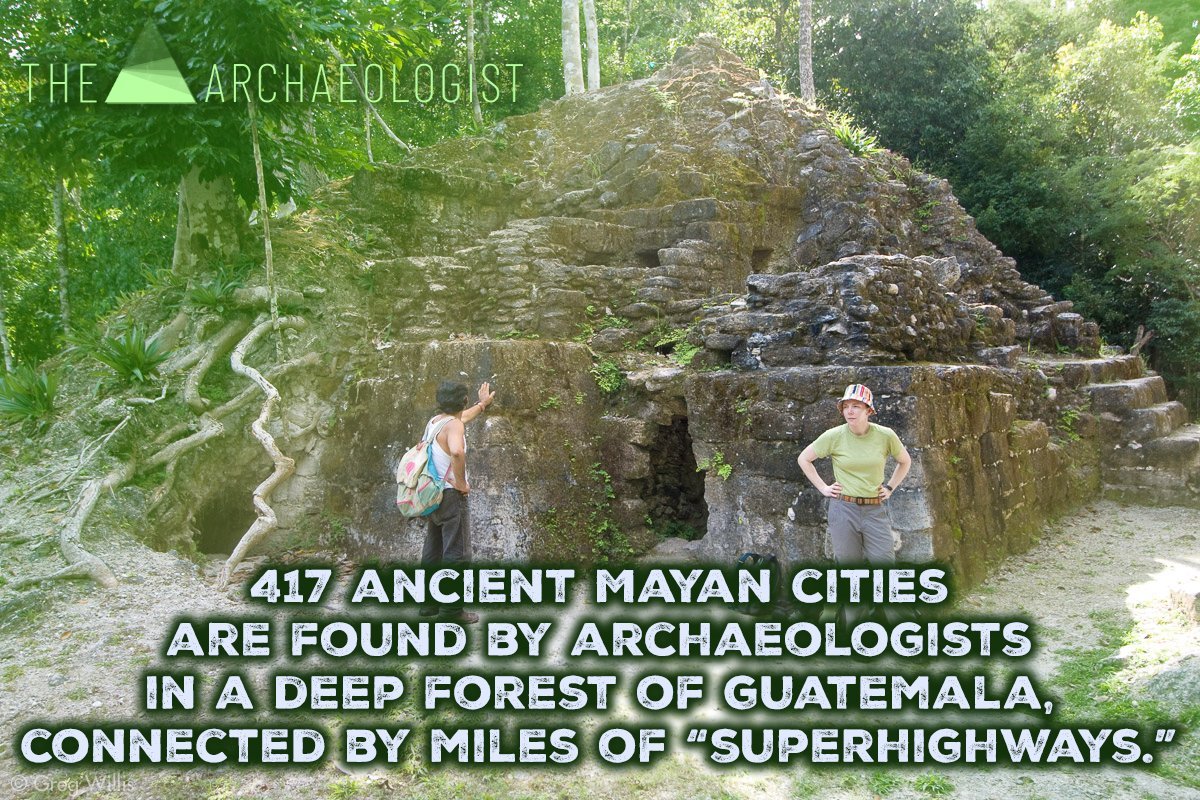In a discovery that upends assumptions about prehistoric mobility in the Americas, researchers have identified drag marks, dating to about 22,000 years ago, alongside human footprints at White Sands National Park (New Mexico). These linear traces may be the oldest known evidence of a travois—a rudimentary sled-like device used by early humans to haul bulky loads across the landscape.
The Site: White Sands and Fossil Footprints
White Sands is already famed for preserving some of the earliest human footprints in North America—tracks embedded in the ancient lakebeds of what was once Paleolake Otero. Researchers have dated many footprints there to between 21,000 and 23,000 years ago, using seeds and sediment layers as chronometers. (nps.gov)
Within these same strata, geologists and archaeologists have now detected linear grooves—features that run alongside, intersect, or parallel human trackways. These are preserved in fine-grained sediments where the ancient terrain was soft and impressionable. (USGS)
What the Drag Marks Look Like
The study published in Quaternary Science Advances (2025) classifies three morphological types of line trace, all associated with nearby human footprints. (ScienceDirect)
Type I: Narrow, deep grooves (depth > width), sometimes bifurcating, that may extend for 2–50 m. These often intersect with, or truncate, human prints. (ScienceDirect)
Type II: Broader, shallower runnels (width > depth), generally straight, sometimes truncating adjacent footprints. (USGS)
Type III: Two equidistant parallel grooves, spaced ~250–350 mm apart, following gently curving paths. Human footprints are often between or adjacent to them. (USGS)
In several cross-section profiles, underlying sediment is deformed—suggesting significant force was applied, not just light dragging. Some grooves show striations that suggest dragging rigid objects, rather than pliable ones. (johnhawks.net)
Why a Travois Is the Best Explanation
Given the patterns and their association with human footprints (rather than animale tracks), the research team argues that the simplest and most plausible explanation is that prehistoric people used travois to move loads. A travois is a basic transport device composed of poles (often in an A- or X-shaped frame) that drag the ground behind a person or animal. In historic contexts in North America, travois were often pulled by dogs or horses (especially among Plains peoples). (ScienceAlert)
The researchers tested the hypothesis by constructing replica travois and dragging them over mudflats in the U.K. and Maine (USA). The tracks produced matched many aspects of the fossil grooves—parallel spacing, groove depth vs width, and the way they interacted with footprints. (ScienceAlert)
Alternative explanations—animals dragging logs, floating wood washed ashore, boat keels, etc.—were considered but found inconsistent with the geometry, context, and associations of the marks. (USGS)
Thus, these drag marks may constitute the earliest known evidence of transport technology in the Americas: humans dragging loads before the invention of the wheel. (USGS)
Behavioral Implications: Movement, Group Life, Logistics
The presence of footprints of varying sizes alongside the drag marks suggests that these were not solitary acts but part of a group activity. Children’s prints appear alongside adult prints, sometimes walking beside or between the drag grooves. This hints that families (or groups of mixed ages) moved together, possibly transporting tools, food, firewood, or even children in makeshift conveyances. (ScienceAlert)
The traces extend for considerable distances (up to ~50 m in some cases) and may intersect or cross other trails, indicating movement through a dynamic landscape, not just short hauls. (USGS)
Given that the environment was wetter and less arid at the time, with lake margins, marshes, vegetation, and game animals, efficient movement and transport would have provided significant advantage. (nps.gov)
Chronology & the Challenge to the “Late Arrival” Model
Perhaps the biggest upshot of this find is what it implies about the timing and sophistication of early human presence in North America.
If the dates around 22,000 years are correct—and that is still a matter of discussion—then the people who left these marks lived during the Last Glacial Maximum, long before the conventionally accepted wave of migration into the Americas ~13,000–16,000 years ago.
In other words, these tracks don’t just push back the arrival date; they imply that those early populations had already invented methods of logistical transport, not merely survival-level walking.
However, the dating is not free from debate. Critics point out that some of the radiocarbon ages are based on Ruppia cirrhosa seeds, which can absorb older carbon from groundwater and distort dates upward.
To mitigate this, more recent studies have applied optically stimulated luminescence (OSL) dating to quartz grains and independent radiocarbon methods, which broadly support the older chronology, although uncertainties remain.
Broader Significance & Future Prospects
This find reshapes how archaeologists think about prehistoric cognition, mobility, and social organization. The use of a travois implies:
Forward planning—anticipating the need to move gear over distances, not just opportunistic foraging.
Technical innovation—a rudimentary “vehicle” device, before wheeled transport.
Social structure—group cooperation and roles (some hauling, some walking) in daily life.
It also invites reexamination of other prehistoric sites globally: might similar linear traces have been overlooked or misinterpreted? Might this push us to look for indirect evidence of transport technology (e.g. groove marks, substrate deformation) in contexts where the vehicles themselves don’t survive?
The White Sands site, thus, is not just about footprints or exotic antiquity; it’s about the ingenuity of human beings in extreme times. Even when our tools and machines are lost to decay, the marks we leave behind—if we look closely enough—can tell stories of our ancestors’ brilliance.















































